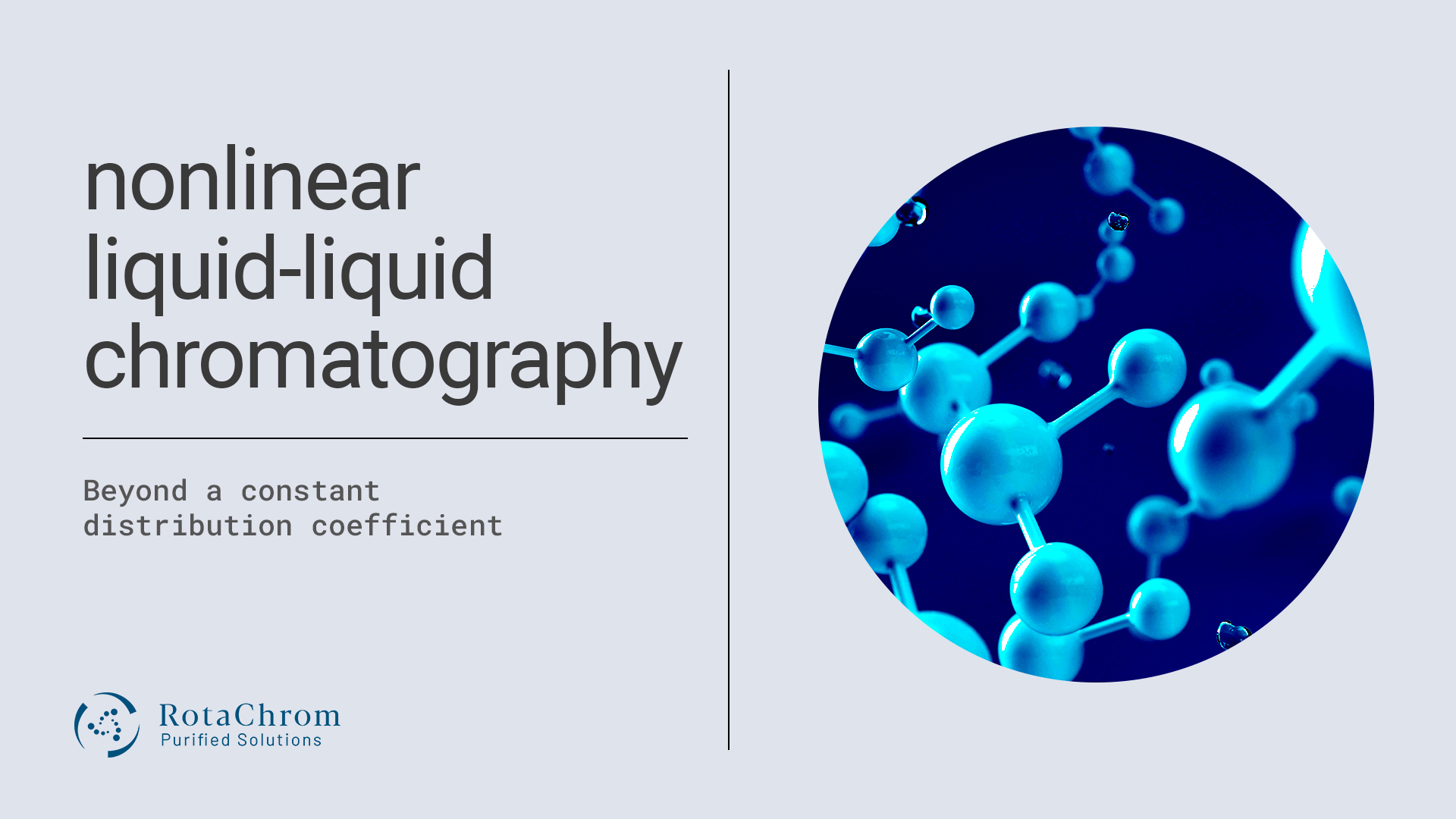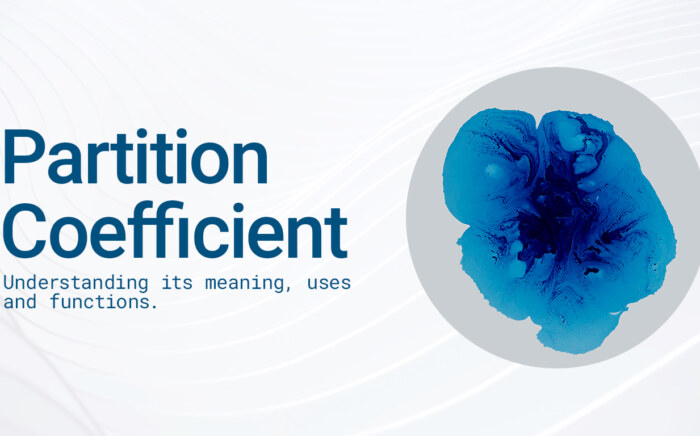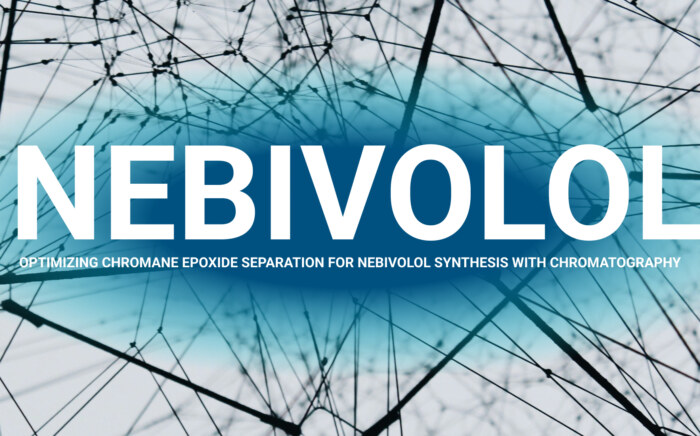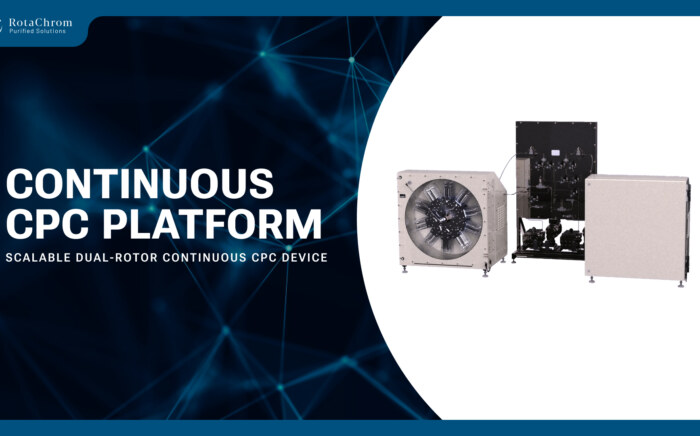Increasing separation efficiency by pH adjustment in Centrifugal Partition Chromatography
NewsLiquid-liquid chromatography (LLC) is a powerful technique in the field of analytical chemistry used to separate and purify a mixture of compounds based on their different distribution between two immiscible phases. In LLC, a biphasic solvent system is pre-equilibrated, and then the mixture is passed through it. The different components of the mixture will distribute differently between the two phases, allowing for their separation.
However, until recently, most studies have not focused on the nonlinear range of the distribution isotherm. In a new study, researchers have examined LLC in the nonlinear range using pulse injection experiments with cannabidiol (CBD). CBD is a naturally occurring compound found in the cannabis plant and is known for its medicinal properties.
Nonlinear Chromatography Study
The study was conducted using three units of different designs and volumes. The researchers conducted a systematic examination of LLC operation in the nonlinear range of the distribution isotherm for the first time. They used cannabidiol (CBD) as a model component, and performed a series of pulse injections with CBD concentrations ranging from 1 to 300 mg/mL. The elution profiles of the CBD were observed and found to have a diffusive front and a sharp rear part at higher concentrations. These profiles were studied in three LLC units of different types and sizes, ranging from 20 mL to 2 L. The biphasic solvent system used in the study was n-hexane/methanol/water (5/4/1 v/v/v) in descending mode, where the lower phase served as the mobile phase. The researchers used the equilibrium-cell model and an anti-Langmuir-like equation to simulate the elution profiles of the CBD. The distribution equilibria equation parameters were fitted to the CBD elution profiles using the peak fitting method. The model was validated and provided good predictions of the CBD elution profiles in the entire concentration range for all three LLC units.
The Research Outcomes
The results of this study demonstrate the potential of LLC in the nonlinear range of the distribution isotherm. The researchers were able to successfully separate and purify CBD using LLC, and their findings suggest that this technique could be used for the analysis of other compounds in the nonlinear range. This work also highlights the importance of considering the influence of the feed concentration on the elution profiles when conducting LLC experiments, and the usefulness of mathematical models in simulating and analyzing the results.
Conclusion & Further Resources
In conclusion, liquid-liquid chromatography is a powerful technique, but centrifugal partition chromatography (CPC) is an even more advanced method of purification. RotaChrom has developed the iCPC device, which is a revolutionary preparative purification instrument that utilizes no solid stationary phase and is superior to traditional liquid chromatography in terms of yield and purity. Additionally, the iCPC platform has greatly reduced the cost and steps associated with downstream method development for a variety of purification challenges. Like liquid chromatography, CPC separation is based on the sample component’s partition coefficient between the mobile and stationary phases, determining the amount of time each molecule spends in each phase and the rate at which they travel through the system. At the end of the process, automated fraction collectors retain all selected fractions according to the program settings.



